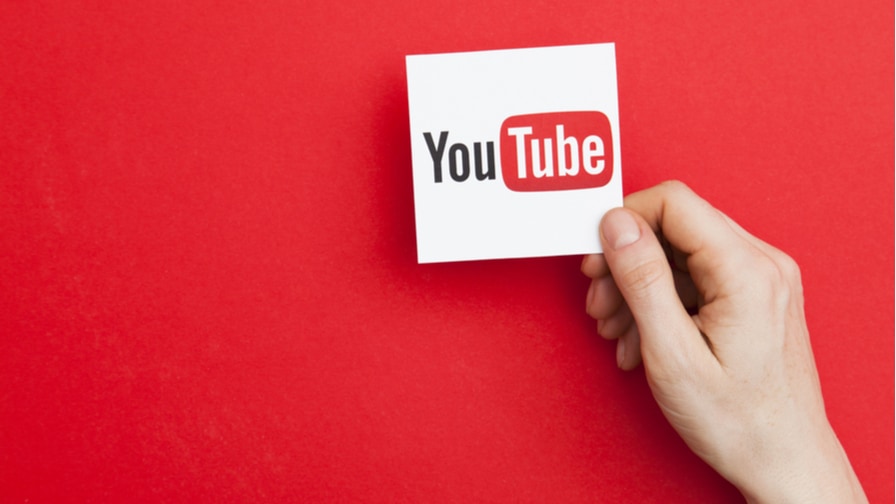Have you left YouTube out of your company’s digital marketing strategy? If so, your brand is missing out on a platform which streams over one billion hours of content to your potential customers every single day. When it comes to diversifying your audience, there’s no other medium quite as effective as video, and it’s a trend that shows no sign of slowing down. Cisco predicts that, by 2020, video will make up 82% of all consumer internet traffic. Marketers need to tap into this advertising space now before it becomes too congested.
A significant challenge for marketers is knowing just how they can get the most out of YouTube. It’s a complex platform. As a result, there is no one-size-fits-all approach to advertising on YouTube and navigating the platform can be a minefield for those with less experience. There are a number of different ad formats, options for audience targeting and different ways to structure your video. Once you get to grips with the basics of advertising on YouTube, you can begin to reach out to an entirely new audience.
Demystifying YouTube’s ad formats
YouTube has three main advert formats to choose from. Each comes with its own strengths and weaknesses, so it’s important to know which is the best fit for achieving your campaign goals.
TrueView In-Stream adverts are the most recognisable form of YouTube ad. These are the ones that play mid-stream and can often be skipped after five seconds. Since users have to watch a small portion of your video before having the option to skip, this is a good opportunity to drive video impressions. You can also add call-to-action (CTA) buttons over the top of your video to encourage click-throughs as well as a branded banner to boost brand awareness after your video has played. The downside to this format is that, if your content doesn’t engage within the first five seconds, your advert could be seen as a nuisance and quickly skipped.
TrueView Discovery ads resemble more traditional display adverts. These will appear as ‘suggested videos’ when a potential customer is looking for or engaging with related content. They can appear in search results, on a watch page or even the homepage which is great for brand discovery. However, in order to view your content, users need to physically click on your advert. You have one image and three lines of text to convince people to watch your video – you need to make them count.
The final format, and arguably the best option for driving conversions, is TrueView For Action. These are similar to TrueView In-Stream adverts but with one important difference: you can overlay a small ad over your content and on the viewer’s screen. On desktop, this ad features in the bottom left corner of the screen and on mobile it sits just underneath the video window. This means that, as well as your video content, potential customers see your company’s logo, a headline and a clear, customisable CTA.
Telling the right story
When advertising on YouTube, keeping viewers engaged is key. To achieve this, it’s important to choose the right type of narrative to complement the message you want to put across and the product you’re trying to sell.
An explanatory narrative is a good way to illustrate how your product can solve a problem typically faced by your target audience. You can illustrate the problem, which makes your content relatable, then demonstrate how your product is the solution. The video should end with a clear CTA, usually a link to where they can purchase your product or find more information.
If you just want to focus solely on your product and its features, a product showcase narrative is a way to go. Make sure that the product is visually appealing and the features highlighted are interesting enough to make users click on your ad. The idea of a product showcase is to show more than you say about your product. Try to make the images speak for themselves.
If the aim of your campaign is to advertise a special offer, a promotional narrative would work well for you. In these videos, it’s important to open with the CTA to engage your audience straight away and discourage them from clicking that dreaded ‘skip’ button. As the user continues watching, they should be provided with more information. Often, a compelling offer or CTA can be enough to generate conversions.
Tapping into a diverse audience
No matter who your target audience is, you’ll find them on YouTube. The site services 88 countries and features videos in 76 languages. Over a third of internet users have visited YouTube at some point and its number of active monthly users is fast approaching two billion. There is no other platform which attracts as large and diverse an audience as YouTube. While you may have some selected sites in mind for targeting your marketing efforts, these are likely to have a niche and restrictive user base compared to the diverse traffic which passes through YouTube every day.
YouTube has targeting technology which allows you to reach users via their interests and what they’re searching for online. This functionality can be helpful for the YouTube advertising veteran who knows exactly which audience works for their product. However, if you’re still a novice, experimenting by changing your targeting criteria will often allow you to tap into YouTube’s full audience potential. Not only will doing this make a single video remain relevant and useful for many months, driving down production costs, it may also reveal that a demographic you haven’t previously considered is interested in your product or service.
Getting started on YouTube may seem like a daunting task. If you want your ad campaigns to be seen by a more diverse audience, the importance of utilising YouTube cannot be overlooked. Catching the attention of people who are likely to buy your product has always been a struggle, however, there aren’t many places which offer as many opportunities for this than YouTube.

